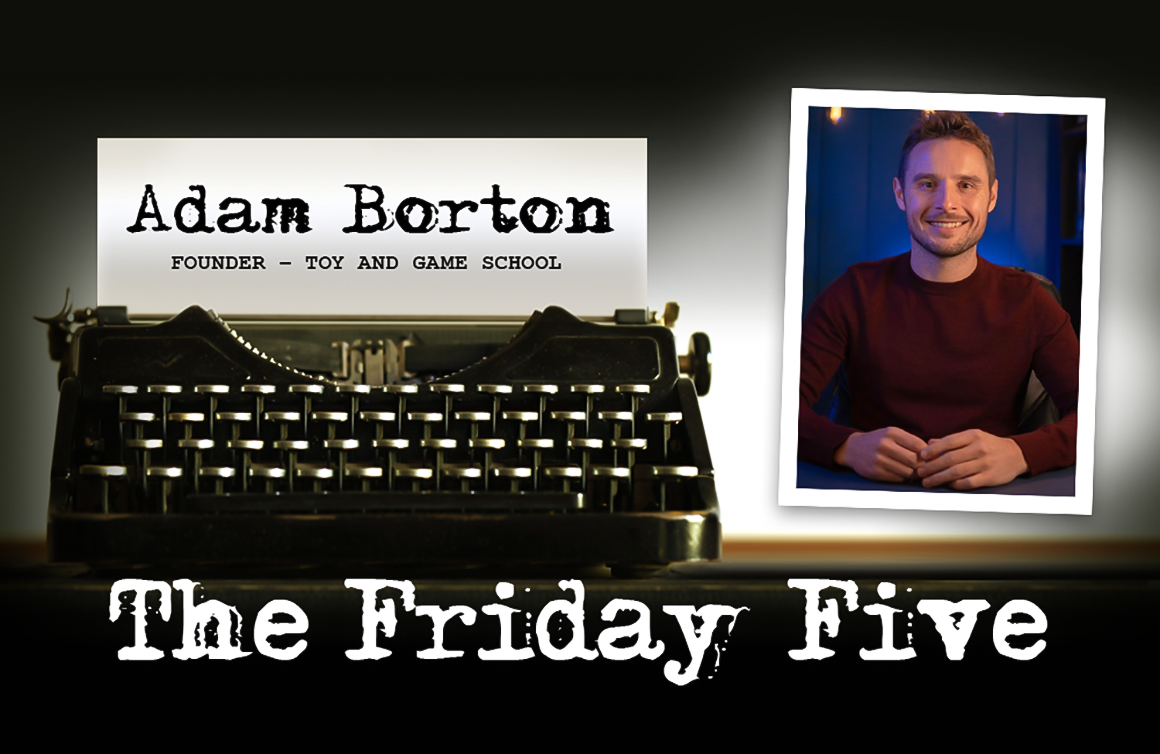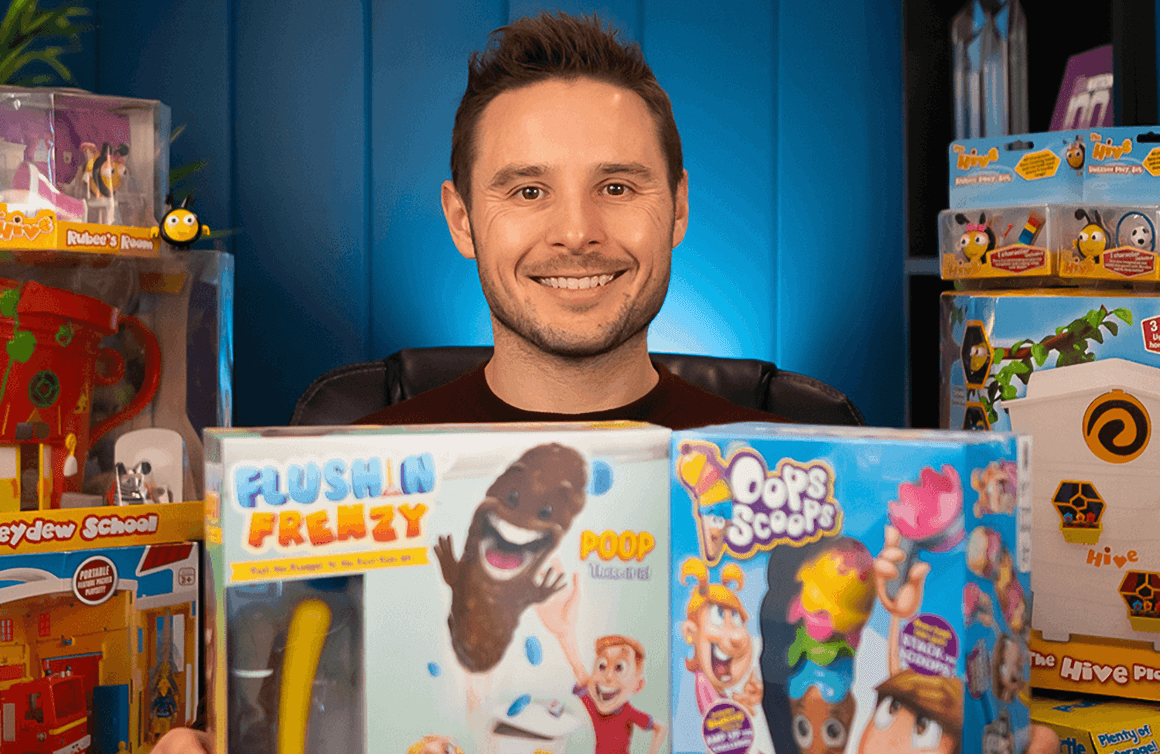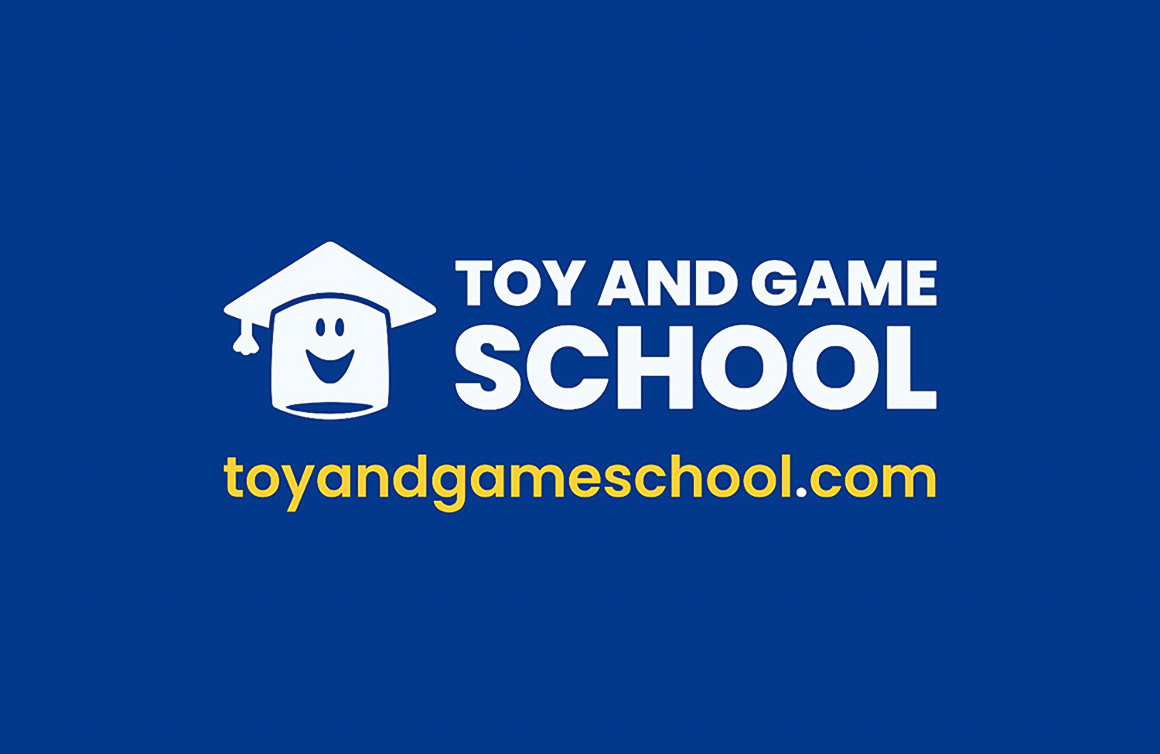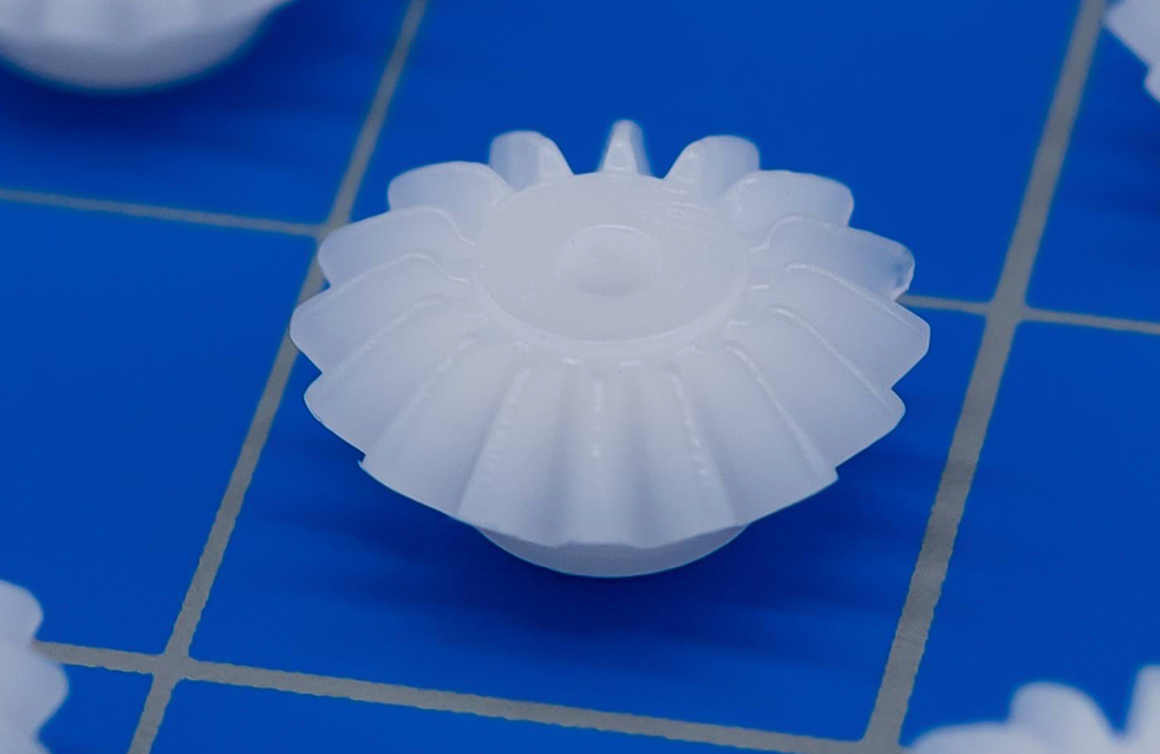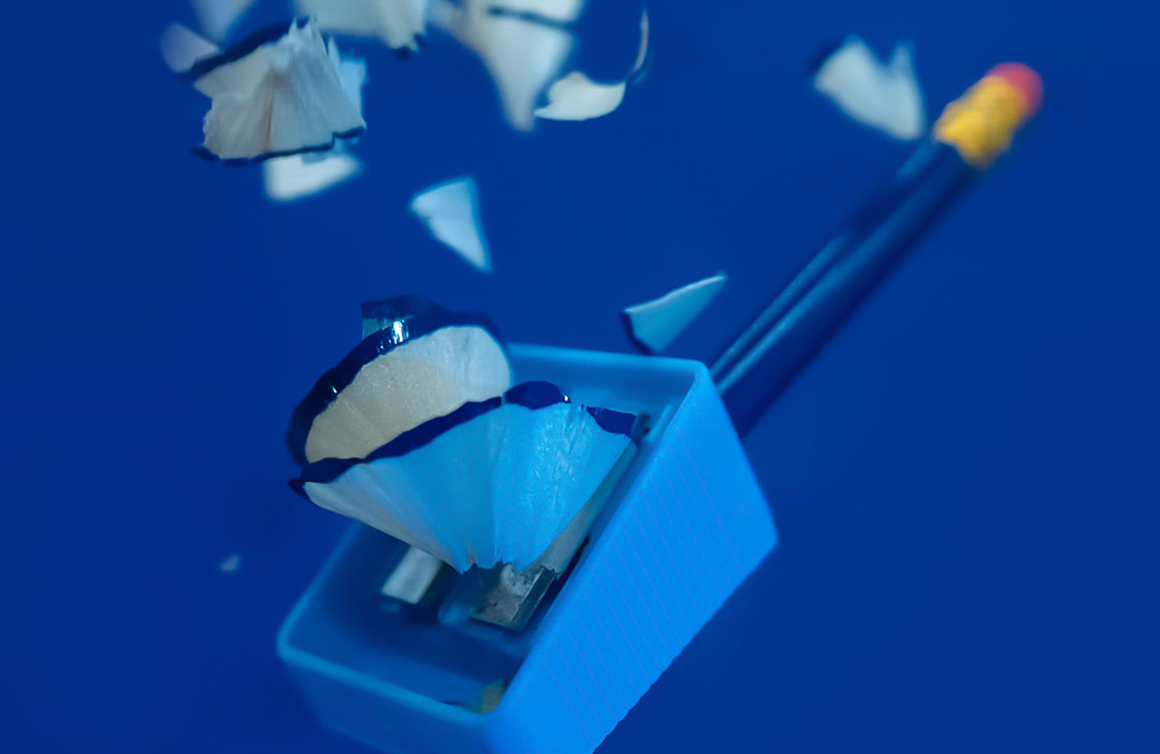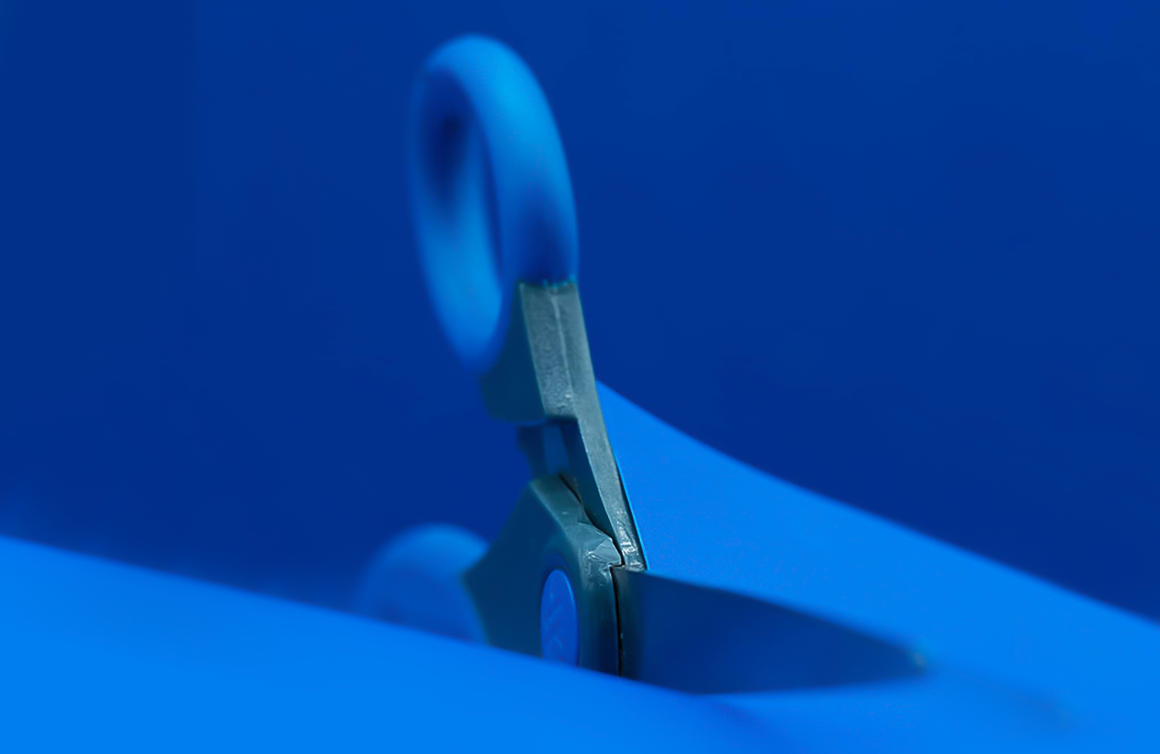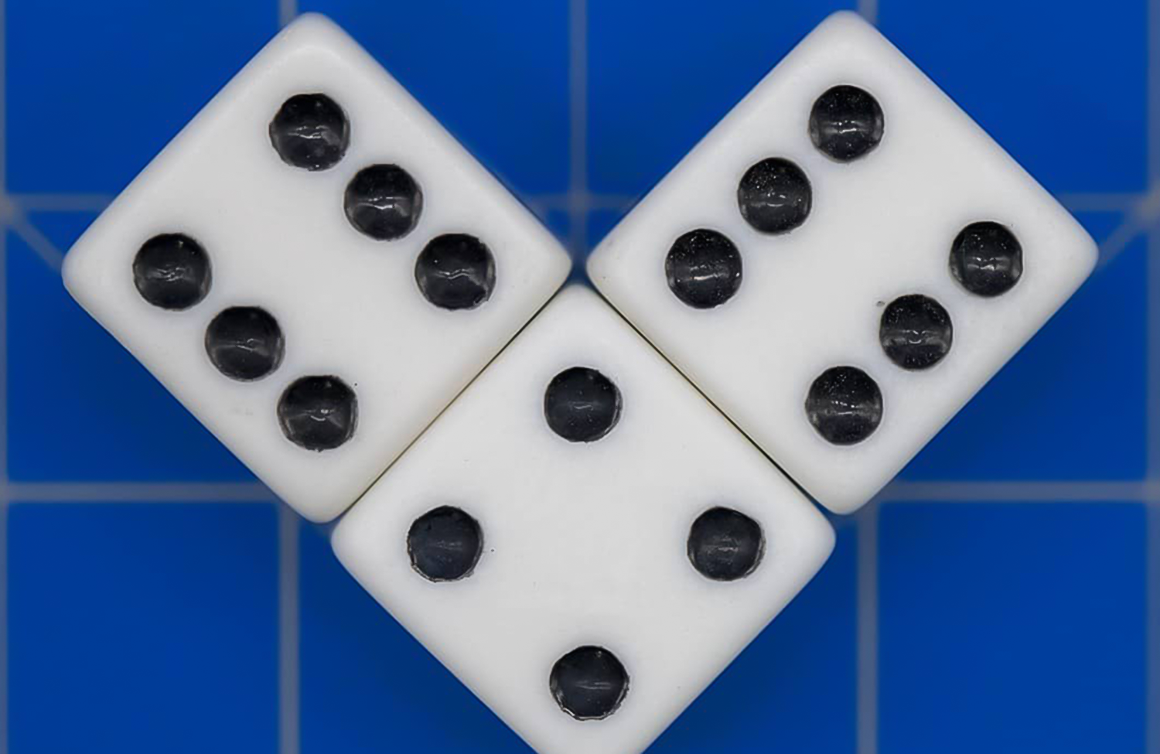Tell us a bit about your personal evolution as a toy and game designer.
It started with my final-year project in the Product Design program at Bournemouth University. We had the freedom to choose whatever product we wanted to design. I originally selected a portable bike lock that fit into a small, neat package that attached to a bike. My design professor said it wasn’t complicated enough. I then chose to design a featured-packed toy called the Roll Around Playground. I learned about the toy industry through the project, including toy safety, as my project was a pre-school toy.
Once I finished university — I think like a lot of people at school I just worked so hard and got so little sleep — I travelled to get some life experiences. I was coaching soccer to kids in America but came back home to put on my suit and tie. In January 2010, I went to the London Toy Fair thinking, “I have to give this a go.” Sometimes, you just need to take a leap of faith. I knew zero people there and just walked around the show, stopping by company booths asking to speak to the design director. I came away with some freelance work and a job offer. I worked with Mookie Toys as a toy designer, where I met Guy Orr. He gave me the freedom to sketch and explore designs I thought would be good toys. That was my first real design job.
I think a lot of people stumble into the toy and game industry, but you have to be focused on staying in the industry because it isn’t easy to be successful. There are many hurdles and it’s important to keep growing and improving your skills.

What’s the impetus behind your new venture, Toy and Game School?
Toy and game design is a pretty big topic. Some toys and games are cheap and easy to make if there’s nothing different about them. I’ve aimed to make toys that give people long-lasting enjoyment – the types that people hang on to and spend time with rather than going straight into the landfill. The companies I worked with throughout my career have encouraged designs that get attention and last. I’ve honed and refined a process that I can teach people even if they are complete newbies and have never done design work in the past. I can teach them a process to craft toys and games from scratch. It’s about the “why”: Why is it good? Why is one idea better than another? Why do companies make certain toys and games? I’ve come up with a formula and strategy that designers can follow.

What topics are included in the curriculum?
There are a lot! I’ve been working on this for over a year now. The major categories include:
- The toy and game industry: categories, careers, events, licensing, intellectual property.
- How to have good ideas: all the different areas, thoughts, and reasons why something is a good idea.
- How to sketch: people who draw tend to make the same mistakes because they don’t fundamentally understand the building blocks of drawing. I like Picasso’s quote, “Learn the rules like a pro, so you can break them like an artist”. Creative people like to break the rules already, but it is important to learn the foundations.
- How to build test models: breadboarding.
- How to design in 3D: 3D design and printing are the future. There’s no question, it’s important to know how to do these.
- How to prototype: how to create, assemble, and test paint a prototype.
Toy and Game School takes things from the idea stage to the final prototype. I’m going to be creating something specifically for the School from scratch along with everyone. I’ll explain step-by-step how to create a toy and game that could be sold to a company.

Are there common misconceptions about the game development process?
The worst thing you can do in a pitch to a toy or game company is to say, “My family and friends love it!” Be careful about being over-the-top enthusiastic and overselling your idea. There’s no way you can live up to the expectations that sets.
“Show me, don’t tell me” is the way to go. Let the product speak for itself. A lot of designers can talk, but what companies are looking for is proof. Proof is a lot harder to come by.

What toy and game development experience should students possess before participating in the Toy and Game School?
I’ve designed it so that you don’t need any experience. It was created to be picked up by someone who is new to the industry, which is why the first segment in the Toy and Game School focuses on the industry, before even getting into design. It’s important to have the foundations before you start. There is also an exclusive Facebook community available for students to connect with each other and ask questions.

Learn more about Borton’s Toy and Game School and follow the School on Instagram, Facebook, Twitter for updates on when classes begin later this year.

